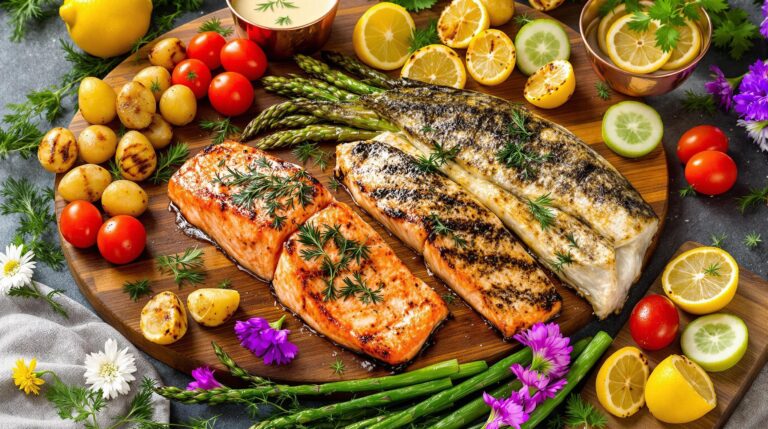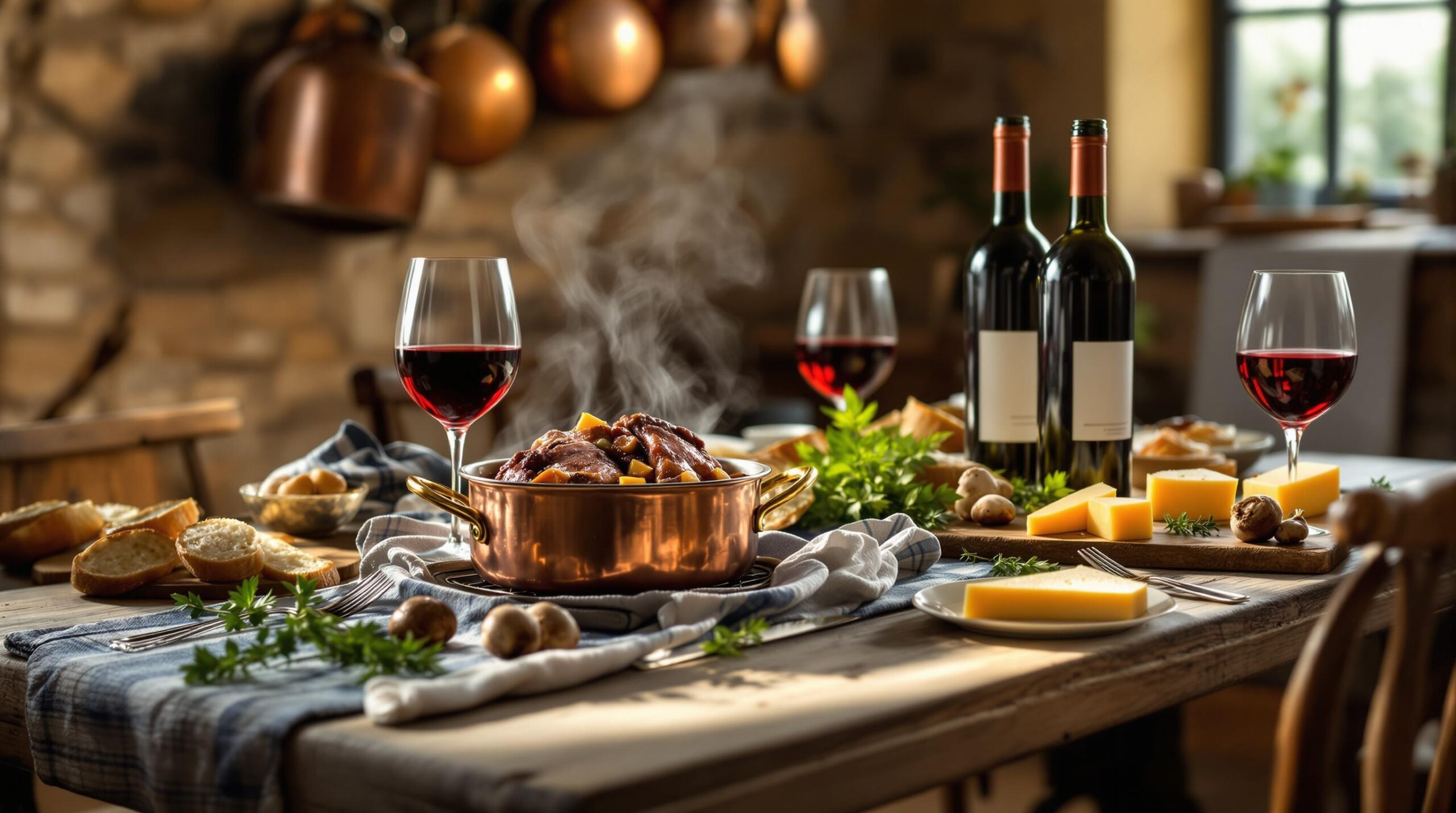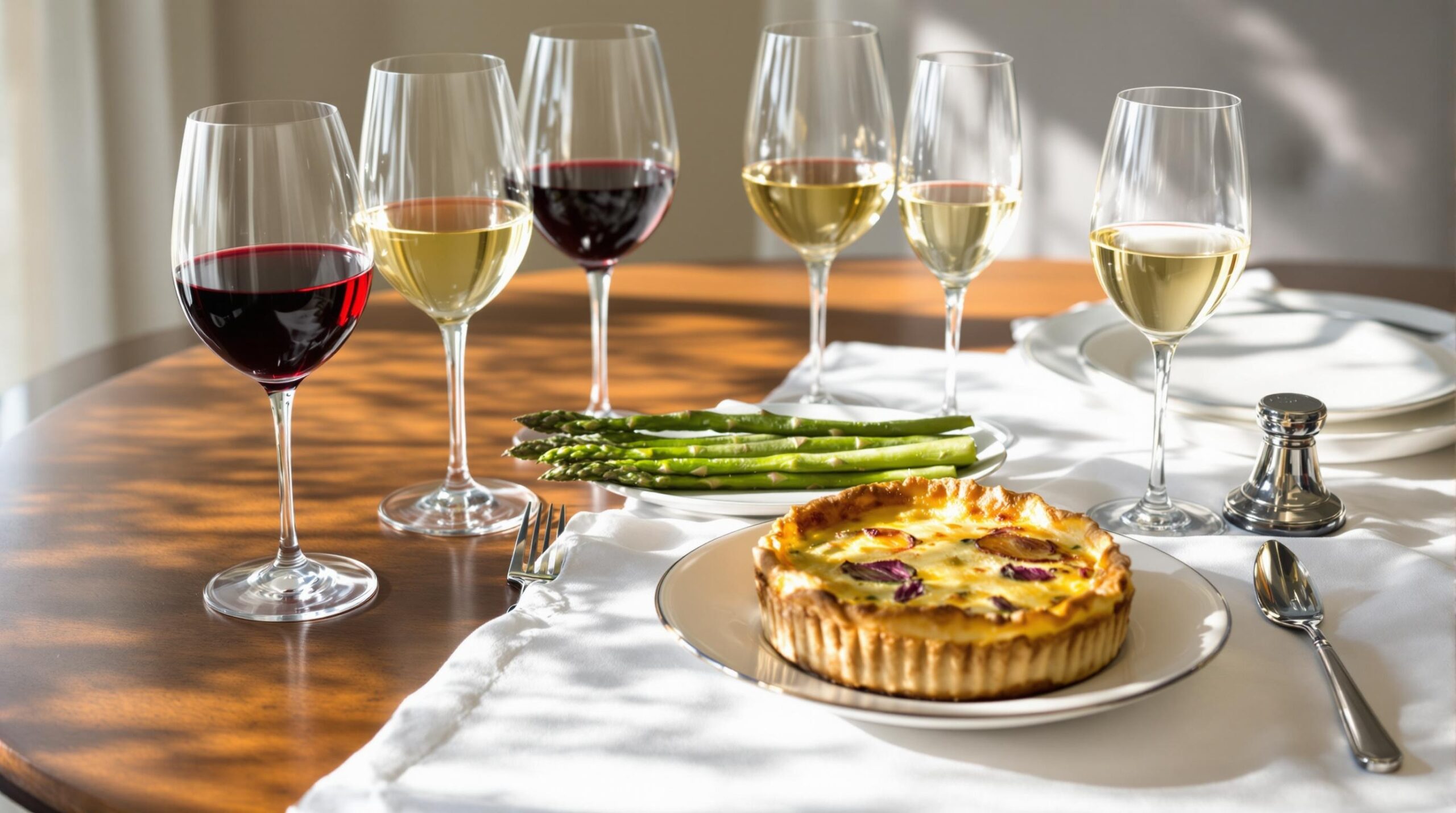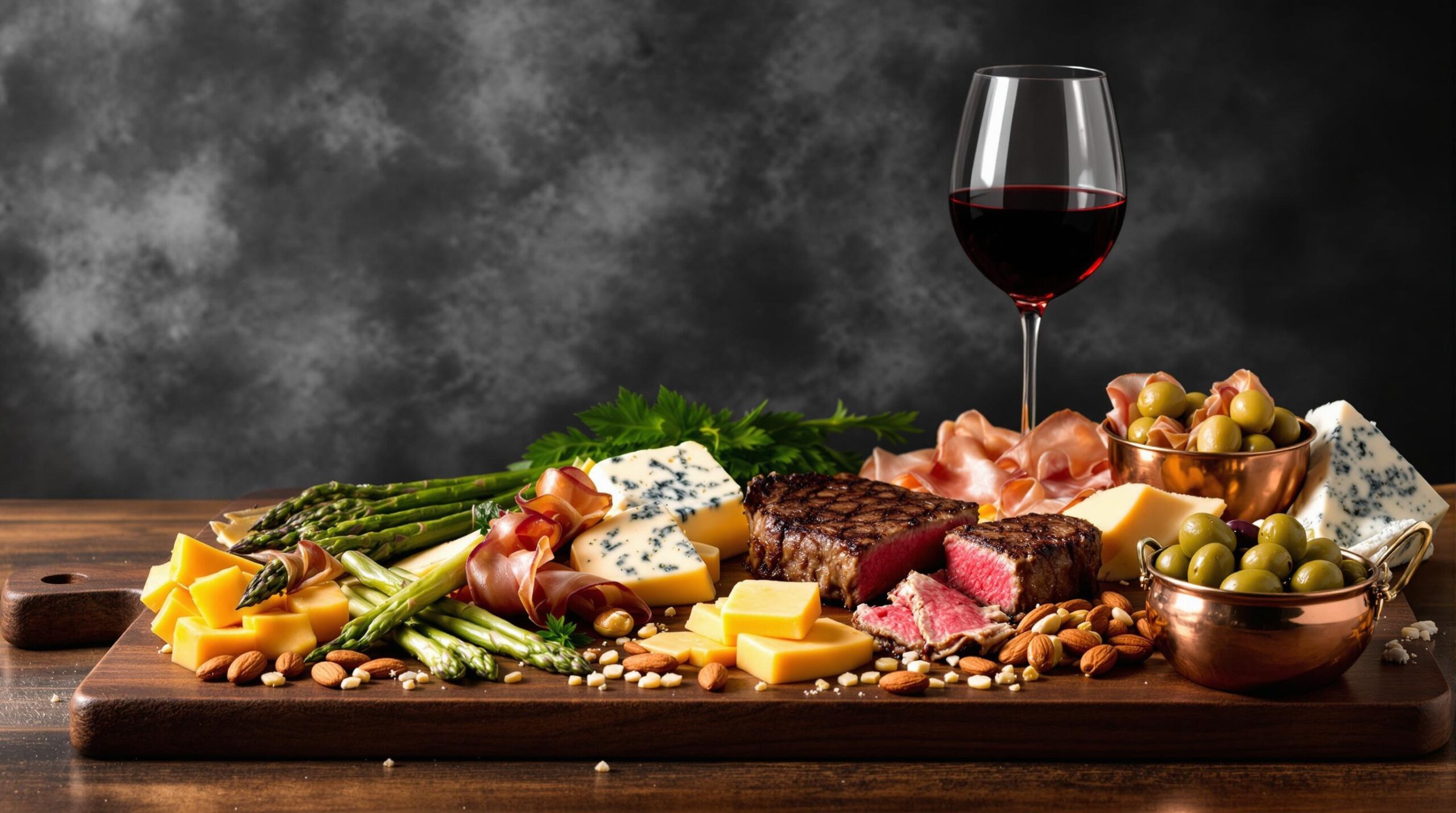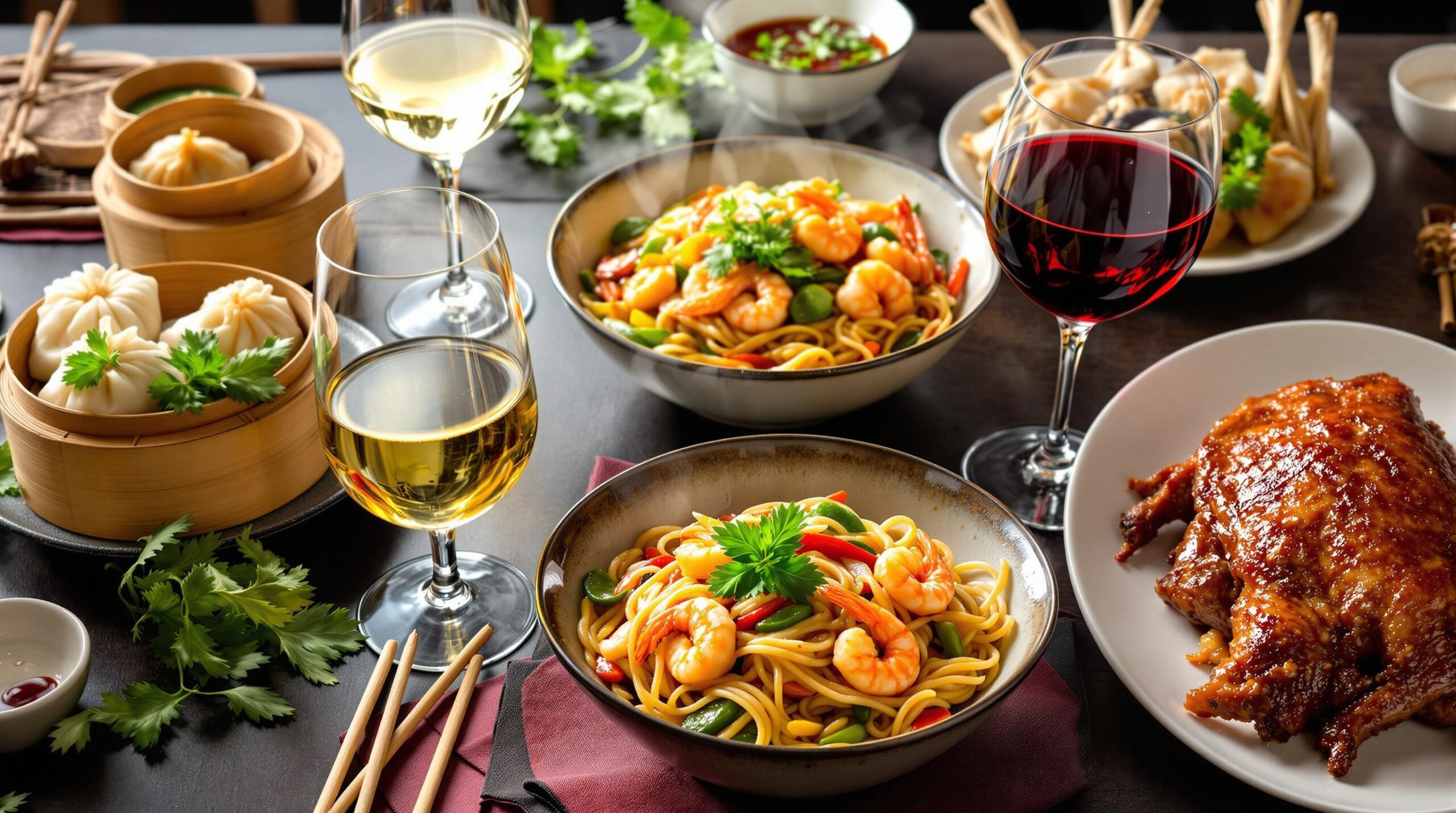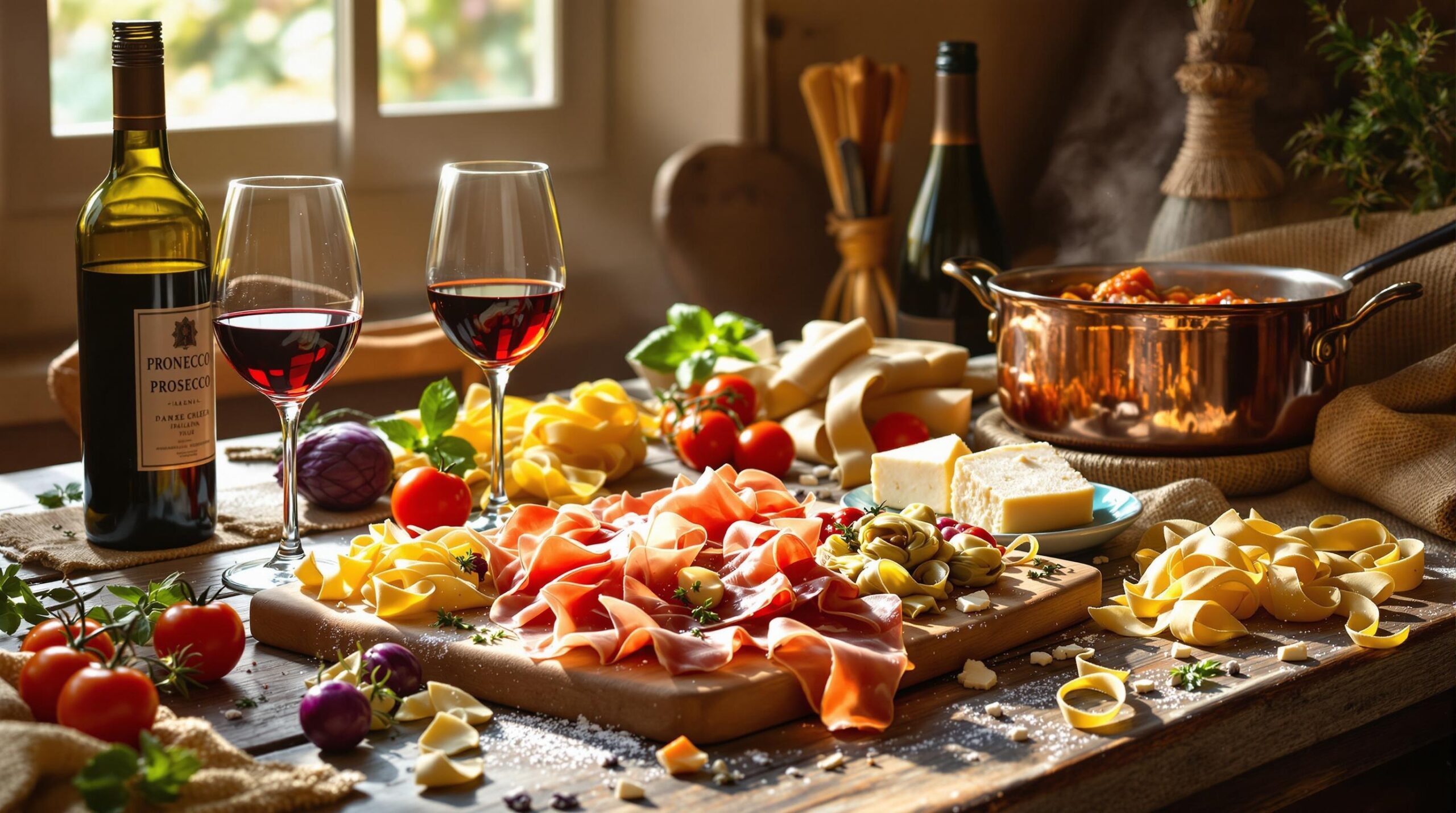Fish pairing requires understanding both texture and flavor intensity. Lighter fish work with delicate accompaniments, while robust fish stand up to bolder flavors. Knowing these fundamentals helps create balanced, memorable meals at home.
Understanding Fish Categories and Their Flavor Profiles
White fish like cod and halibut offer mild, clean flavors perfect for versatile pairings. Oily fish such as salmon and mackerel bring rich, distinctive tastes that demand specific complementary ingredients. Shellfish adds another dimension with sweet, briny notes that open up unique pairing possibilities.
Common Fish Categories:
– Lean white fish: cod, haddock, sole
– Medium-firm fish: snapper, sea bass, grouper
– Oily fish: salmon, tuna, mackerel
– Shellfish: shrimp, scallops, mussels
Seasonal and Regional Pairing Strategies
Match your fish selections with seasonal produce to enhance freshness and flavor harmony. Mediterranean combinations feature olive oil, tomatoes, and herbs, while Asian pairings often include ginger, soy, and citrus. Local ingredients typically complement local fish varieties naturally.
Regional Pairing Examples:
– Mediterranean: Sea bass + olive oil + tomatoes + herbs
– Asian: Cod + ginger + soy + scallions
– Nordic: Salmon + dill + cucumber + lemon
– Caribbean: Snapper + lime + chilies + mango
Classic Side Dishes and Accompaniments
Select sides that complement rather than overpower your fish. Light grains like quinoa or couscous work well with most fish varieties. Roasted vegetables add depth while maintaining balance. Consider texture contrasts when planning accompaniments.
Recommended Side Pairings:
Wine and Beverage Pairings for Fish
White wines naturally complement most fish dishes. Consider acidity levels when matching wines with different fish preparations. For oily fish like salmon, opt for fuller-bodied whites or light reds.
Quick Wine Pairing Guide:
| Fish Type | Wine Pairing |
|———–|————–|
| Light White Fish | Pinot Grigio, Sauvignon Blanc |
| Oily Fish | Chardonnay, Light Pinot Noir |
| Shellfish | Chablis, Champagne |
| Spicy Fish Dishes | Off-dry Riesling |
Cooking Techniques That Enhance Fish Flavors
Master simple techniques like pan-searing and gentle poaching to preserve delicate fish flavors. Steam cooking maintains moisture while letting natural tastes shine through. Match cooking methods to fish texture and thickness.
Essential Cooking Methods:
– Pan-searing: firm fish, crispy skin
– Poaching: delicate white fish
– Grilling: oily fish, tuna steaks
– Steaming: light white fish, shellfish
Sauce and Seasoning Strategies
Build layers of flavor with complementary herbs and balanced seasonings. Create simple pan sauces using wine reductions or citrus bases. Keep sauces light for delicate fish, bolder for meatier varieties.
Basic Sauce Foundations:
– Citrus butter: lemon, orange, lime
– Herb-based: dill, parsley, tarragon
– Asian-inspired: soy, ginger, sesame
– Mediterranean: olive oil, capers, herbs
Tips for Successful Fish Pairings at Home
Start with fresh, quality fish as your foundation. Consider the overall meal balance when selecting sides and sauces. Practice basic cooking techniques before attempting complex preparations. Remember that simple, thoughtful combinations often yield the best results.
Success Checklist:
– Check fish freshness indicators
– Balance flavors and textures
– Match cooking method to fish type
– Consider seasonal ingredients
– Test sauce flavors before serving
– Keep garnishes simple and relevant
Fish Pairing FAQs – Finding the Right Flavor Matches
Top 10 Common Questions About Fish Pairings
- What wines pair best with mild white fish?
Choose light white wines like Pinot Grigio, Sauvignon Blanc, or unoaked Chardonnay. These complement delicate fish like sole or cod without overpowering their subtle flavors. - Which herbs work well with salmon?
Dill, fennel, and tarragon enhance salmon’s natural flavors. Fresh herbs work better than dried ones for fish dishes. - How do I pair sauces with different fish types?
Match sauce intensity to fish type: light butter sauces for mild fish, richer sauces for meatier fish like tuna or swordfish. - What sides complement fish dishes?
Light vegetables, rice, or citrus-based salads work well. Avoid heavy starches that might overwhelm delicate fish flavors. - Can I pair red wine with fish?
Yes, light-bodied reds like Pinot Noir pair well with meatier fish like tuna or salmon. Avoid tannic reds that can create metallic tastes. - What spices work best with white fish?
Mild spices like white pepper, paprika, and curry powder enhance without overwhelming. Start with small amounts and adjust to taste. - How do I match cooking methods with fish types?
Grill firm fish like swordfish or tuna, pan-sear medium-firm fish like salmon, and bake delicate fish like sole. - What Asian flavors work with fish?
Ginger, soy sauce, and sesame complement most fish types. Use mirin or rice wine for added depth. - Which citrus fruits pair well with fish?
Lemon works universally, lime pairs well with Asian-style dishes, and orange complements rich fish like salmon. - How do I balance flavors when seasoning fish?
Start with salt and one main flavor component. Add complementary flavors gradually, tasting as you go.
Quick Pairing Tips
- Temperature matters – serve white wines slightly chilled, not ice-cold, to enhance flavor pairing
- Fresh herbs should be added at the end of cooking to preserve flavor
- Acid balance – use citrus or vinegar to cut through richer fish
- Regional pairing – consider traditional combinations from the fish’s origin
Pairing Chart by Fish Type
| Fish Type | Wine Pairing | Herb/Spice Pairing |
|---|---|---|
| Salmon | Pinot Noir, Chardonnay | Dill, Fennel |
| Cod | Sauvignon Blanc | Parsley, Thyme |
| Tuna | Light Red Wines | Ginger, Sesame |
| Sea Bass | Pinot Grigio | Garlic, Lemon |

